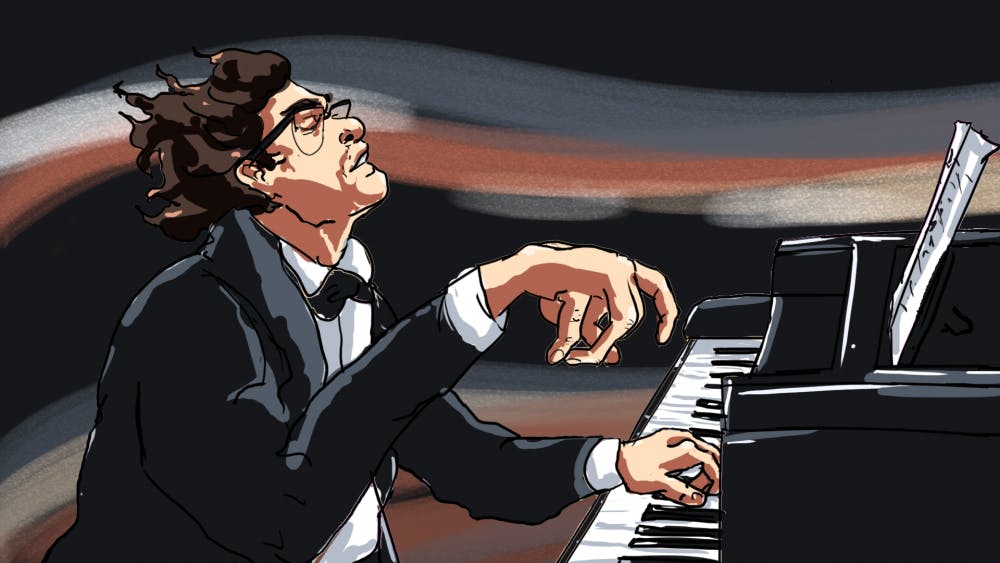Michel Legrand, a celebrated composer and conductor best known for his film scores, died on Saturday at 86 years old. Over his career, Legrand collaborated with musicians like Miles Davis and Frank Sinatra, working also as a jazz pianist. Legrand’s achievements are extensive: He won three Academy Awards and five Grammys. His Oscar–winning songs—“The Windmills of Your Mind” from The Thomas Crown Affair and “What Are You Doing the Rest of Your Life?” from The Happy Ending—are among his most well–known compositions. However, Legrand’s profession as a composer and arranger of film scores hasn’t always earned him recognition. Considering Legrand's impact on film history, let's take a look at how scores and soundtracks have shaped movies, and vice versa.
Films first began incorporating original music in the 1930s. The music presented in these films was mostly centered around orchestras, as you’ll notice watching movies like King Kong or The Adventures of Robin Hood. However, even in the 1930s, writing music for films wasn’t really a well–known profession. Charlie Chaplin even wrote his own score for many of his movies, including City Lights and Modern Times.
Through the 1950s, film scores became more jazzy in response to the genre's growing popularity, as reflected in films like A Streetcar Named Desire and Elevator to the Gallows. Jazz artists Duke Ellington and Billy Strayhorn wrote the entire score for the film Anatomy of a Murder.
The 1960s saw a lot of experimentation in film, including using different types of musical instruments, not just constrained to orchestral ones. But it wasn’t until the 1970s that the integration of pop or rock music became popular. Composer Bernard Herrmann, a close collaborator with Alfred Hitchcock, rose to fame with his work in Hitchcock’s Psycho, and later in Martin Scorsese’s iconic Taxi Driver. The terror caused by the famous shower scene in Psycho is largely the result of screeching violins which create an uncomfortable level of suspense.
Similarly, Wendy Carlos’ 1971 score for A Clockwork Orange has elements of haunting synthesizer music which add to the film's bizarreness. These synthesizers became used more frequently in futuristic sci–fi films such as Blade Runner because of the mysterious sounds they could create.
From the 1970s onward, film scores began to get listens outside of the films they appeared in. For example, the soundtrack for The Graduate, written by Simon and Garfunkel, was used to emphasize the movie’s satirical mood. Their song "Mrs. Robinson" immediately became popular after The Graduate was released, even though it had been written specifically about a character in the movie.
Over the years, film scores have grown from simply accompanying movies to being an integral part of them. Without artists like Legrand, films wouldn't strike such deep chords within us—making us reminisce about a different time or putting us at the edge of our seats in fear.

